Even though SMARTO has a standard audio jack that can accommodate third party headphones, we highly recommend using one of the two headsets that are supplied with SMARTO (in-ear or on-ear). This is because these headsets: If you do choose to use a third party headset with SMARTO make sure that it comes with a built-in microphone. You can use the BeHear headset to listen to the TV even without the HearLink PLUS transmitter, but HearLink PLUS will provide better sound quality, as the audio will be streamed directly to the headset. Yes, our assistive hearing headsets are designed to give you personalized amplification for computer-generated audio and conference calls, as well as live conversations. For conference calls with apps such as Skype, Zoom, MS Teams, Google Meet, and WebEx, you will simply need to pair the BeHear headset with the sound source (smartphone or computer) and select BeHear in the conference platform’s audio settings. You can use the BeHear and control its basic functions even if you don’t have a smartphone. However, if you want to make sure the BeHear amplification matches your hearing profile, we highly recommend that you take our hearing assessment using a smartphone and our app. The hearing assessment results will be saved in the BeHear headset, so you can use it later without a smartphone. The smartphone is also instrumental in fine-tuning the hearing environment in real time. However, the headset itself includes seven built-in control buttons that allow you to use it autonomously. So, if you want to use the device for ambient hearing only (not mobile phone calls or audio streaming from a phone), you do not need a smartphone. When your headset is connected to the Internet (via the Bluetooth connection to your mobile phone or a computer), you can get notification of the availability of an update (and then apply it to your headset). The W&H BeHear app checks for updates automatically when the Auto option is selected for the Headset Update Check in the Application section of the Settings screen. You can also check manually by choosing the Settings option from the bottom menu of the app and then tapping the Update button on the screen. Note: If you don’t follow the sequence detailed above, and instead start searching for new device in the PC while your headset is simply ON (not in pairing mode), BeHear will appear in the list as unknown device, with no “audio” under the name and no “headphone” icon next to it. Connecting to this device will not activate BeHear as a headphone/headset. The answer is yes. When you are in Personal Hearing mode, tap the equalizer button under the hearing environment icons. Scroll down until you reach the “Balance” section. You can adjust the balance between ears here, and it will apply to all hearing environments (Indoor, Outdoor, Crowd, and Live Music) as well as the hearing modes (Personal Hearing, Mobile Calls, and Audio Streaming). The battery in the BeHear headset is rechargeable (tested up to 600 cycles) but not replaceable. We designed it this way to provide protection against water and dust damage for the life of the product, as well as to keep the cost to the consumer low. This depends on how you are using your BeHear ACCESS, and your specific TV. If your television doesn’t support Bluetooth, or if it doesn’t support dual audio output when a Bluetooth device is connected, we recommend using a Bluetooth transmitter, such as our HearLink PLUS, to enable the television audio to be transmitted to both your BeHear headset and the TV speakers. In any event, you should check your television manual for information about Bluetooth connections and dual audio output. This can be done in the W&H BeHear app, while your headset is paired and connected to your smartphone. Note: You will need to turn your headset off and then back on to apply the modification. Yes, although you can fully charge the headset’s battery within 2-3 hours, it is not damaging to the battery to keep it in the charger overnight. This noise, which sounds like a whistle and is also known as feedback, can be the result of one or more issues. There are a few things you can do: Check these possible causes : Yes, absolutely! Depending on the application, BeHear may appear either as a headset or as a headphone, just like most other Bluetooth headphones. For most music players it will be listed as a “headphone” while for messaging services, such as Skype/Viber/WeChat etc., it will be listed as a “headset”. Depending on the application, BeHear may appear either as a headset or as a headphone, just like most other Bluetooth headphones. For most music players it will be listed as a “headphone” while for messaging services, such as Skype/Viber/WeChat etc., it will be listed as a “headset”.
General - Pre-Sales Questions
Operating Instructions
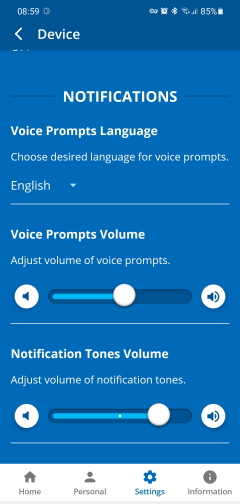
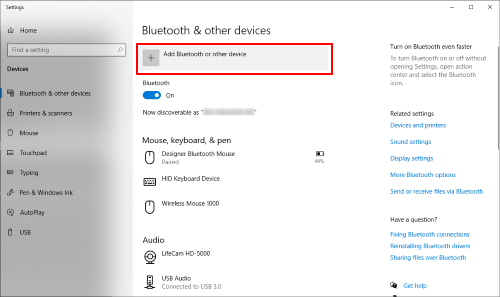
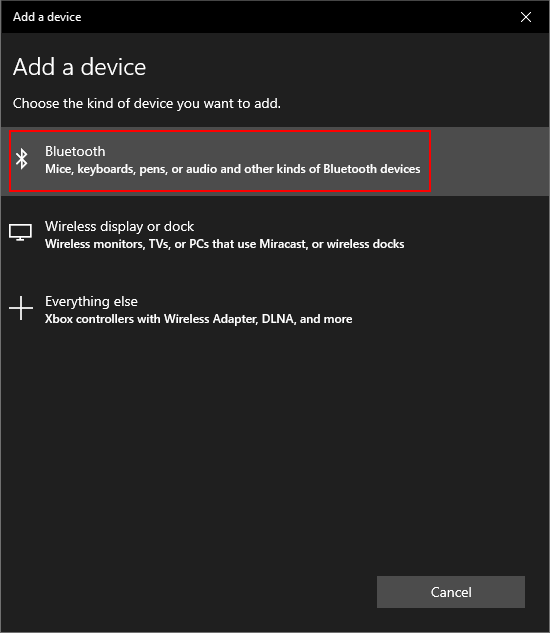
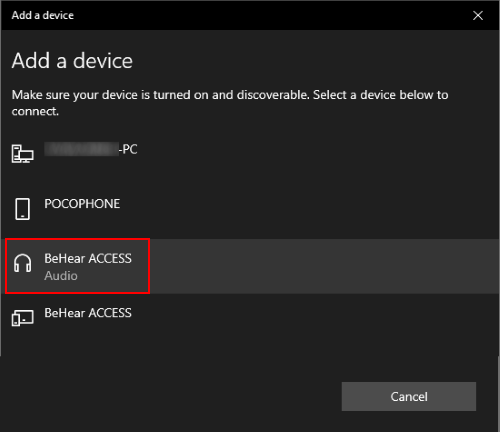
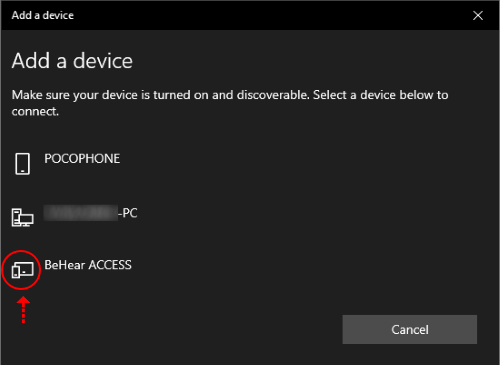
You may find this setting useful for situations in which annoying sounds are coming from a specific direction, and you are unable to change your physical position. Otherwise, there may be no need, since once you have applied the results from your hearing assessment to the headset the balance should then be optimal for your unique hearing profile.
Technical
If you are experiencing sound distortion while multiple Bluetooth devices are connected to your BeHear headset, we recommend that you modify the default CODEC (APTX LL) and choose either the APTX or SBC CODEC instead.
BeHear ACCESS
BeHear NOW
See one of these videos for details:
BeHear ACCESS
BeHear NOW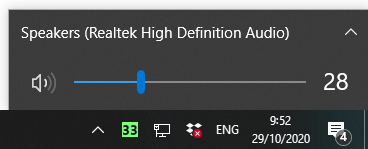
The name that appears should be “BeHear” and not “Speakers”. If you see the name “Speakers” click the ^ (arrow). If the BeHear is connected properly you will be able to see it listed under the list of playback devices. Choose the “Headset” option. 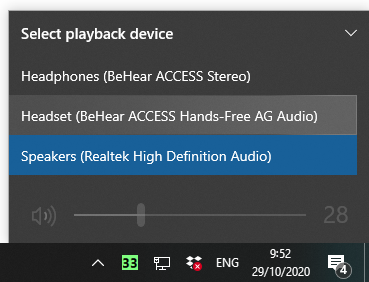
Contact Us
BeHear – Alango Technologies Ltd
2 Etgar Street
Tirat Carmel, 3903213 ISRAEL
General Inquiries
For more information about our assistive hearing products, please complete the form below.

